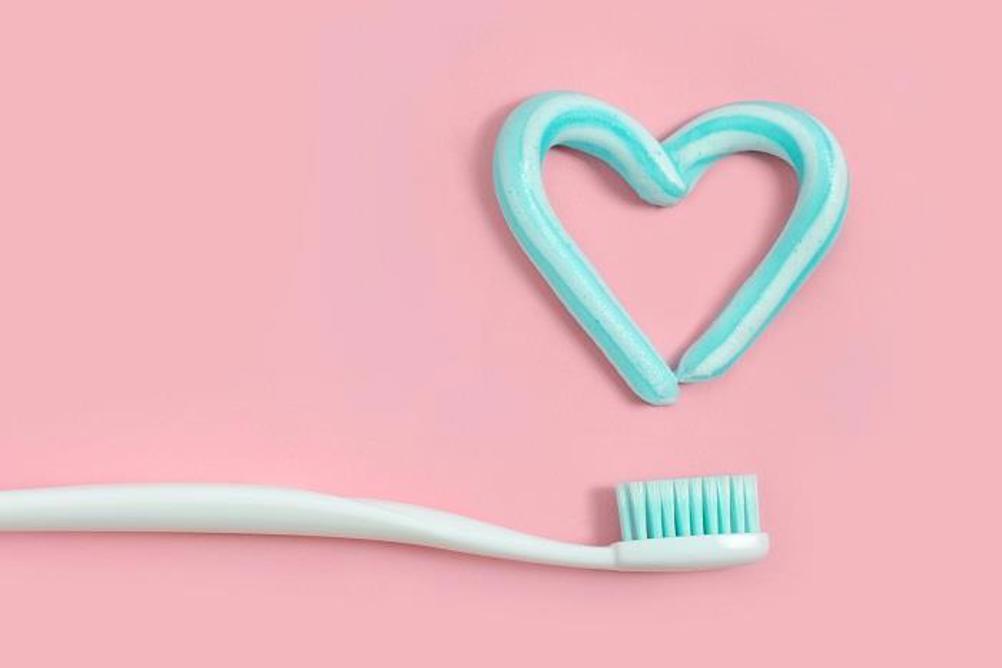
Aim
For dental nurses to have a better understanding of how fluoride is used in dentistry.
Objectives
This article meets GDC development outcomes C, D.
Rarely will there be a more contentious topic than fluoride use in Dentistry. Some patients may have strong views on the use of fluoride, some will be in favour and others may raise concerns over its use and safety. Alongside this lies some ethical debates to also be addressed. This article will look at the practical information offered to patients about using fluoride but also touch upon some of the ethical issues of its utilisation in dentistry.
Fluoride
Fluoride is important in dentistry; it is seen as friend, not a foe. Fluoride aids remineralisation of tooth structure, it helps to prevent tooth decay and it is usually recommended as part of a healthy oral hygiene regime. Fluoride can be found in different sources but most commonly it is offered in toothpastes or mouthwash. The fluoride content is measured in ‘parts per million’, seen as (ppm) on the toothpaste tubes/boxes, this is easy for patients to identify. It is this ‘ppm’ reading that is important so we can ensure the correct fluoride usage is being given in relation to patients ages and their specific oral health needs.
Register now to continue reading
Thank you for visiting Dental Nursing and reading some of our resources. To read more, please register today. You’ll enjoy the following great benefits:
What's included
-
Up to 2 free articles per month
-
New content available
Already have an account? Sign in here
